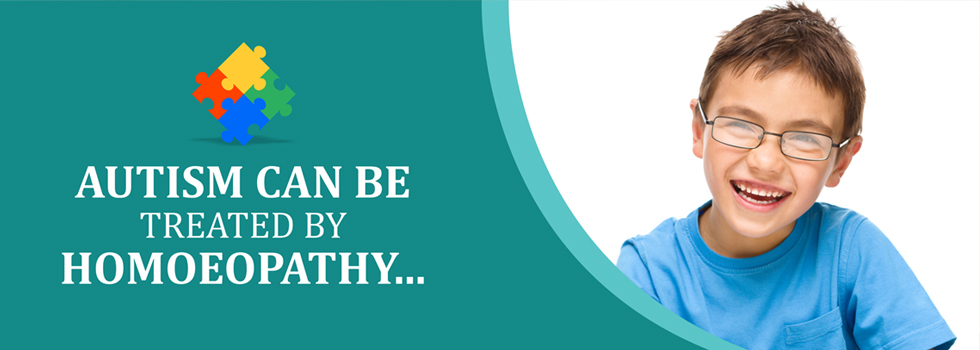






 A skin disorder involving hypersensitivity (allergy-related) reaction within the skin characterized by inflammation, itching, and scaling.
A skin disorder involving hypersensitivity (allergy-related) reaction within the skin characterized by inflammation, itching, and scaling.
Atopic dermatitis can occur in an infantile (children) or adult form. It is most common in infants, and at least half of those cases clear up by age 18 months. There is often a family history of asthma, hay fever, eczema, psoriasis, or other allergy-related disorders. In adults, it is generally a chronic or reoccurring condition. Neurodermatitis is a form of atopic dermatitis characterized by a self-perpetuation scratch-itch cycle. Although symptoms increase in times of stress, physiological changes in the nerve fibers are also present. A hypersensitivity reaction (similar to an allergy) occurs in the skin, causing chronic inflammation. The inflammation causes the skin to become itchy and scaly. Chronic irritation and scratching can cause the skin to thicken and become leathery-textured, although this is more pronounced in the localized form, lichen simplex chronicus. Exposure to environmental irritants can worsen symptoms, as can dryness of the skin, exposure to water, temperature changes, and stress.
Symptoms are intense itching, blisters (vesicle formation) with oozing and crusting skin redness or inflammation around the blisters, rash, in child under 2 years old, skin lesions begin on the cheeks in infants, may progress to the scalp, arms, trunk, and legs , dry, leathery skin areas (lichenification),more or less pigment than their normal skin tone ,located commonly in the inner elbow or behind the knee, may spread to the neck, hands, feet, eyelids, or behind the knee, raw areas (excoriation) of the skin-from scratching, ear discharges / bleeding.
In homoeopathy medicine like Graphitis, Petroleum, Psorinum, thuja , silicea, sepia, hepar sulphare used for the treatment. The proper analysis of the case with the qualified homoeopathic physician will give the better results.